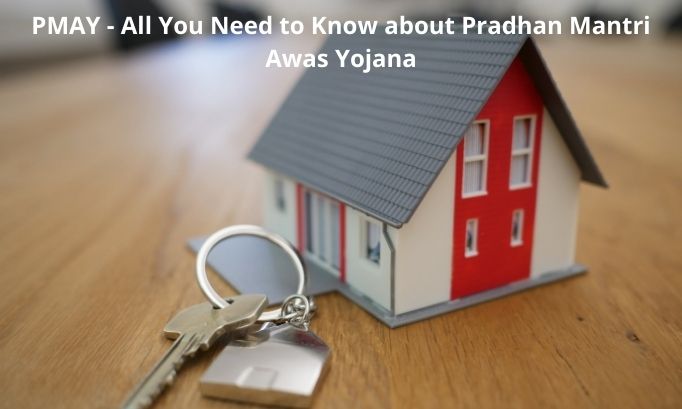The Pradhan Mantri Awas Yojana (PMAY) is an initiative taken by the Government of India to provide affordable housing to the urban poor by the year 2022. PMAY endeavors to provide equal opportunities to everyone in India, including the disadvantaged, to own a house upon meeting the criteria.
Recent times have been witnessing real estate prices skyrocketing in India, especially in the major metropolitan cities. With conditions becoming increasingly difficult for people with modest means and income to buy homes, India’s Prime Minister, Mr. Narendra Modi, launched the Pradhan Mantri Awas Yojana in June 2015 to address the problem. PMAY is dedicatedly aiding people in purchasing affordable homes by providing them with a gamut of benefits to avail of.
PMAY is basically a Credit Linked Subsidy Scheme, which entitles the recipients of this scheme to avail of interest grants if they take a loan for purchasing or constructing a house.
Pradhan Mantri Awas Yojana (PMAY)- Key Highlights
The government has, with unmatched precision and attention to detail identified the right target beneficiaries for PMAY and chalked out categories eligible for the initiative.
With PMAY, a person can purchase a new home, construct a house or develop her/his house by adding a room, toilet, or kitchen.
The scheme also grants loans at subsidized rates allotted to people beneficiaries belonging to different categories based on their annual income, which are as under:
- The Economically Weaker Section (Annual income up to Rs. 3 lakh)
- Lower Income Groups (LIG) (Annual income between Rs. 3 to 6 lakh)
- Middle-Income Groups (MIG I and II:
- MIG I (Annual income between Rs. 6 to 12 lakh)
- MIG II (Annual income between Rs. 12 to 18 lakh)
In an effort to reach out to deserving individuals, the government has laid down specific parameters and criteria, which beneficiaries have to fulfill. To begin with, the recipient family should not own a pucca house to avail of this scheme. Further, it should also not have availed of central assistance under any housing scheme provided by the government.
As for what constitutes a beneficiary family, it has an individual, spouse, unmarried sons, and/ or unmarried daughters.
If the daughter/ son (regardless of marital status) is an earning member, she/he will be considered as a separate entity. Therefore, although parents and earning children live in a house owned by parents, they can individually avail of PMAY if she/he doesn’t have a house in their own name.
PMAY- the Promising Way Forward
According to PMAY(U) guidelines, the size of a house for the Economically Weaker Section (EWS) can be up to 30 sq. mt. carpet area. However, states/UTs have the power to increase the size of homes, subject to approval by the Ministry.
To avoid misuse and misappropriation of the scheme, it is mandatory for the beneficiary family members to submit their Aadhaar card details while applying for the loan.
Further, the government has also provided additional benefits and sops for women to encourage them to take the step independently.
Sustained efforts on part of the government are bearing fruits for home buyers aspiring to buy their own homes. Enormous efforts on part of both, the Central Government and state governments, have been showing positive results and progress. More and more people are finally realising their dream of having a house of their own, which always seemed out of their reach all along.


